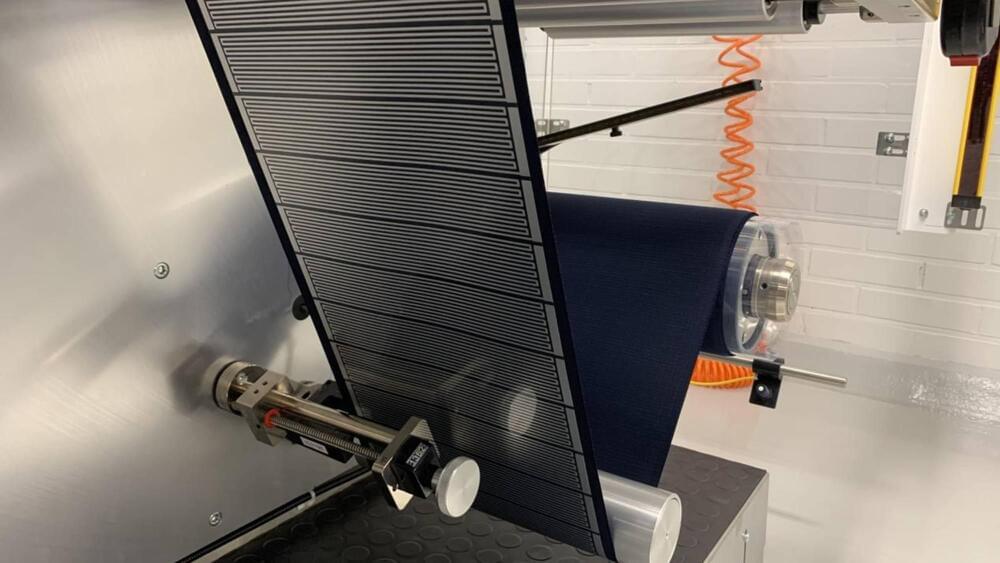The latest artificial intelligence systems start from zero knowledge of a game and grow to world-beating in a matter of hours. But researchers are struggling to apply these systems beyond the arcade.




China has developed the world’s largest electrically-powered quadruped bionic robot to assist the military on logistics and reconnaissance missions. This comes as the latest in China’s push to become a global leader in robotics by 2025 and also, of course, in military tech.
Walking on four legs and boasting a yak-like appearance, the robot is not only huge but powerful, smart, and surprisingly agile. It can move forward and backward and can perform a series of unexpected movements, such as jumping, running, turning, or walking diagonally.
This mechanical beast is strong enough to carry up to 350 pounds (160 kg) and can sprint at 6 mph (10 km/h). The robot is more than half the height of an adult when walking, and its length is about twice its height. Thanks to an unconscionable 12 sets of joint modules, it even sprints and dashes and jumps high without losing its footing.


The heat-producing electronic components are printed on a substrate material with a method known as roll-to-roll processing. The 0.05-millimetre thick metal mesh can then be cut to form and installed on materials such as fabrics, paper and floor laminates without any additional support layers and without significantly affecting the properties of the material – be it elasticity or breathability.
VTT Technical Research Centre of Finland has unveiled a thin and flexible precision heater suitable not only for indoor environments, but also for food packaging and clinical surfaces.
Goodyear’s airless tires are now being used by a fleet of Starship’s autonomous delivery robots on a college campus in the U.S.
The request: Starship recently asked Goodyear if it could design a smaller version of its airless tires for the company’s delivery robots, and the tire giant has now delivered.
“The micro delivery space presents a different set of needs as it relates to the tire,” said Michael Rachita, Goodyear’s senior program manager for non-pneumatic tires, “and our NPT technology is ideal to meet those needs to help enable a maintenance-free and long-lasting experience.”
Goodyear’s airless tires are now being tested on a small fleet of Starship delivery robots on the Bowling Green State University campus in Ohio. If the trial goes well, they may roll out nationwide.



Most quantum computers are based on superconductors or trapped ions, but an alternative approach using ordinary atoms may have advantages.
Back in 2016, we told you about the iBubble, an underwater drone that autonomously follows and films scuba divers. Well, it now has a more capable industrial-use big brother, known as the Seasam.
Back in 2016, we told you about the iBubble, an underwater drone that autonomously follows and films scuba divers. Well, it now has a more capable industrial-use big brother, known as the Seasam.
Manufactured by French marine tech company Notilo Plus, the Seasam actually first hit the market in 2019. That said, it recently gained attention when it was featured in the horror film The Deep House, in which a scuba diving couple explore an underwater haunted house … and yes, that is kind of a cool premise for a movie.
Like the iBubble, the Seasam is capable of wirelessly following and shooting HD video footage of its scuba-diving user. It does so via a combination of acoustic and computer vision technologies.